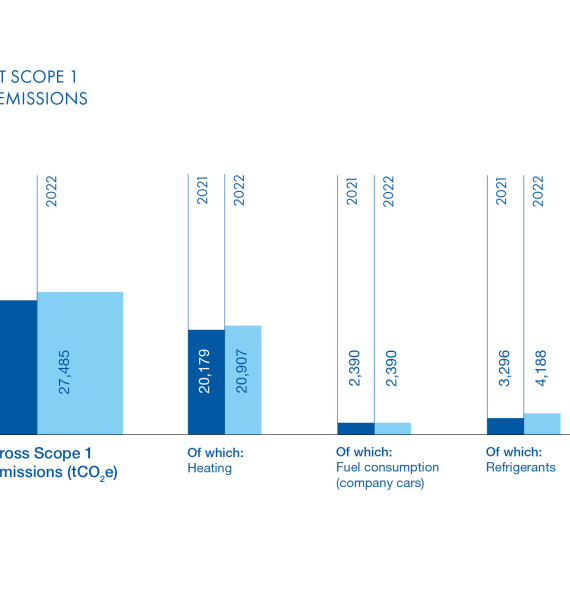Greenhouse gas (GHG) emissions
At ALPLA we understand that our operations contribute to the overall carbon equation. Therefore, we regularly quantify the carbon footprint associated with our plastic packaging and recycling production. CO2e is used as a metric: in addition to carbon dioxide, this covers other greenhouse gases which are converted into volumes of carbon dioxide based on their climate impacts.
Our emissions assessment allows for a comprehensive understanding of our carbon impact, by including direct emissions from owned or controlled sources (Scope 1), indirect emissions from purchased electricity (Scope 2) as well as other indirect emissions from activities related to our value chain (Scope 3).






